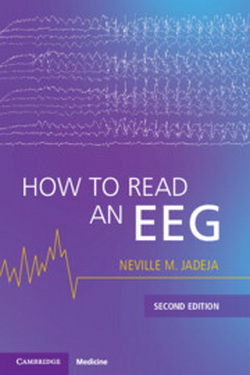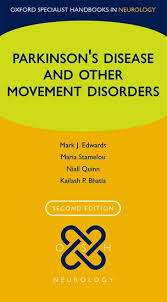Περιγραφή
The EEG is a widely available neurophysiological test that, if interpreted correctly, provides valuable insight into brain function. Thoroughly revised for its second edition, this book demystifies their interpretation using a systematic approach that will benefit those looking to learn the art and science of EEG interpretation. Presented in three sections, the first delivers the foundational technical knowledge of how EEGs work, the second concentrates on a stepwise approach to analysing waveforms. The third section contains examples of EEGs in common scenarios, enabling readers to correlate their findings with clinical indications. Report writing is covered in depth in the appendix. Heavily illustrated with over 200 actual EEG examples, this is an essential handbook for all those seeking to learn and practice EEG reading. Perfect for residents, fellows, medical students on neurology/EEG electives, neurodiagnostic technologists, and experienced neurologists interested in an EEG refresher.
- Presents a systematic approach to reading and interpreting EEGs, ensuring clinicians have a solid framework to rely on and enabling them to easily identify any clinically important features
- Updated to include the latest standardized critical care EEG terminology based on the American Clinical Neurophysiology Society (ACNS) criteria
- Over 200 examples of EEGs illustrate the techniques explained in the book and act as a mini-atlas for common conditions and findings described. In this new edition, text and figures have been enlarged to improve visibility
- Learning points at the end of each chapter emphasize key concepts
- Devotes an entire section to examples of EEGs in common clinical scenarios, enabling readers to correlate their findings to clinical indications Includes a suggested format for report writing











